Table of Contents
Introduction
Pork ribs come in three main types: spare ribs, baby back ribs, and St. Louis ribs. Each type has distinct characteristics that affect flavor, texture, and cooking methods. This guide explains each type in detail to help you choose the right one for your dish, whether you're a beginner or an experienced cook.
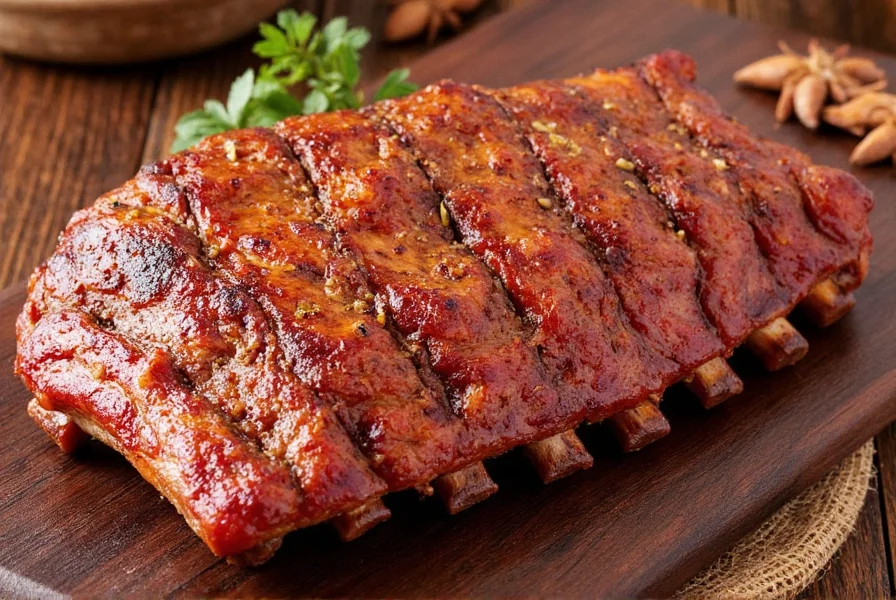
The 3 Types of Pork Ribs
When selecting pork ribs, understanding the three primary types is essential. Each cut comes from a different part of the pig and offers unique cooking properties:
Pork Spare Ribs
Pork spare ribs originate from the lower belly section. They are longer, meatier, and contain more fat and connective tissue than other types. This makes them ideal for slow-cooking methods like braising or smoking, where the fat renders down to create tender, flavorful meat.
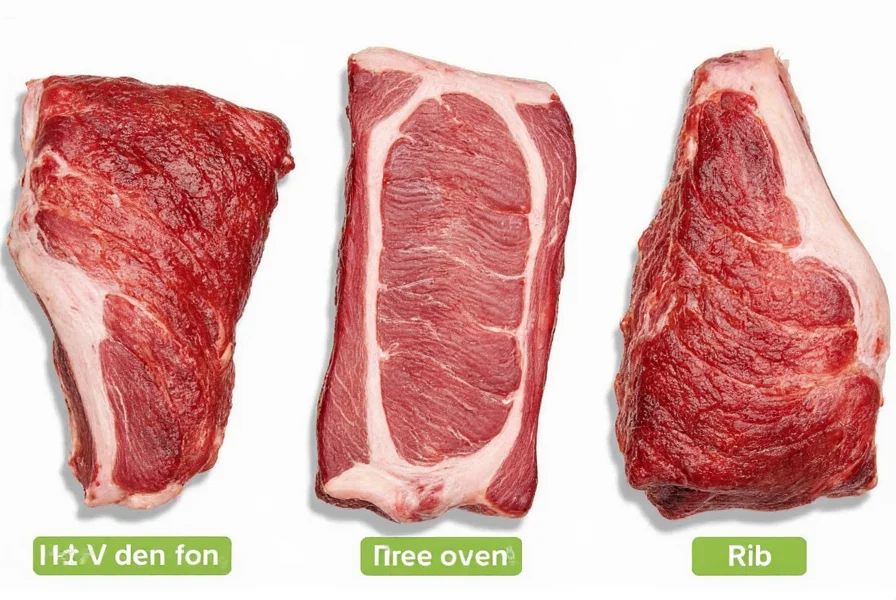
Pork Baby Back Ribs
Pork baby back ribs are cut from the top of the rib cage near the spine. They are shorter, leaner, and more tender than spare ribs, with a sweeter flavor profile. These ribs cook faster and are perfect for grilling or smoking with dry rubs or sauces.
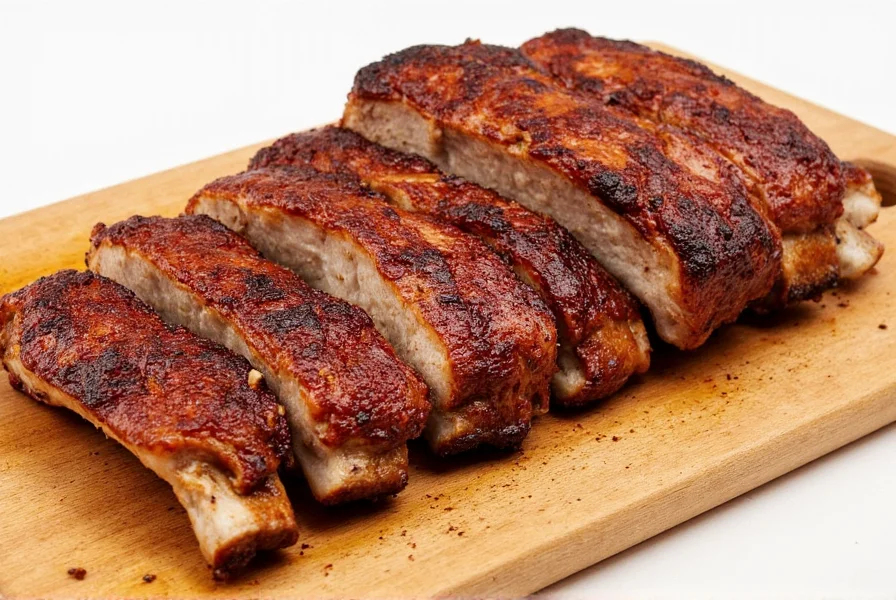
Pork St. Louis Ribs
Pork St. Louis ribs are a trimmed version of spare ribs where the sternum bone, cartilage, and rib tips are removed. This creates a uniform rectangular shape that cooks evenly. They offer a balanced meat-to-fat ratio and are popular for barbecue due to their consistent texture and flavor.
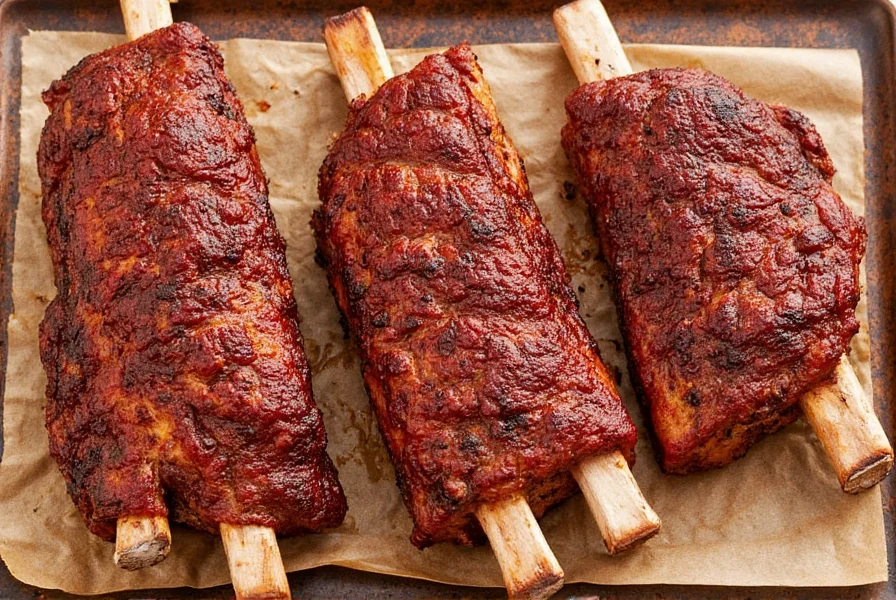
| Type of Rib | Location | Flavor Profile | Best Cooking Method |
|---|---|---|---|
| Pork Spare Ribs | Lower belly | Rich, fatty, bold | Slow-cooked, braised, barbecued |
| Pork Baby Back Ribs | Upper back | Leaner, slightly sweet | Grilled, smoked, rubbed with spices |
| Pork St. Louis Ribs | Modified spare ribs | Balance of meat and fat | Barbecued, grilled, smoker-friendly |
Buying Guide: Choosing the Best Ribs for Your Dish
Selecting high-quality ribs depends on understanding your cooking method and desired outcome. Here's what to look for:
- Check freshness: Look for ribs with bright pinkish-red meat, firm texture, and no slimy surface or off-odors.
- Assess fat content: Spare ribs have more marbling for rich flavor; baby backs are leaner for quicker cooking.
- Consider size and shape: St. Louis ribs offer uniformity for even cooking; spare ribs are longer for larger portions.
- Ask about cuts: Butchers can clarify whether ribs are trimmed (St. Louis) or untrimmed (spare ribs).
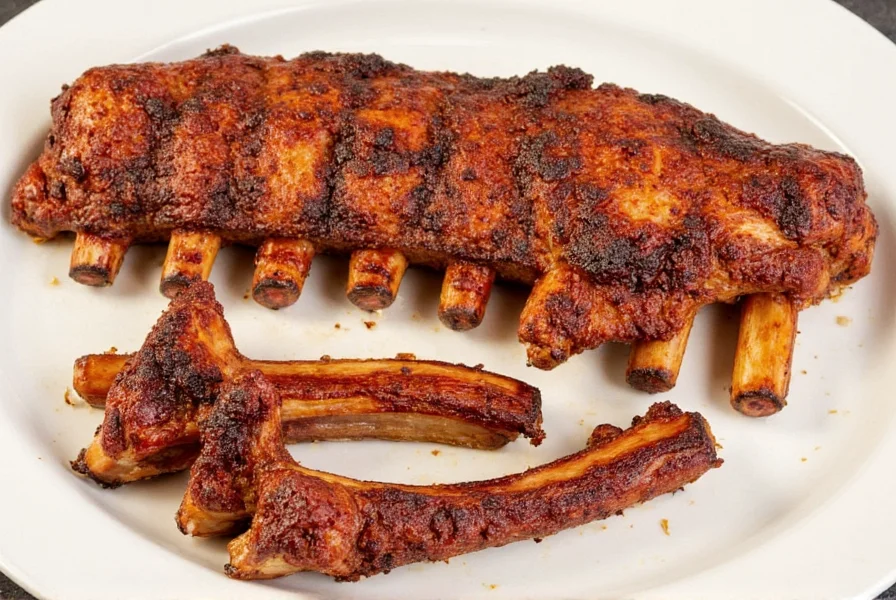
Cooking Tips for Each Type of Rib
Cooking Pork Spare Ribs
Spare ribs require low-and-slow cooking due to their high connective tissue. Smoke at 225°F for 5-6 hours or braise in liquid until tender. The fat renders slowly, creating melt-in-your-mouth texture.
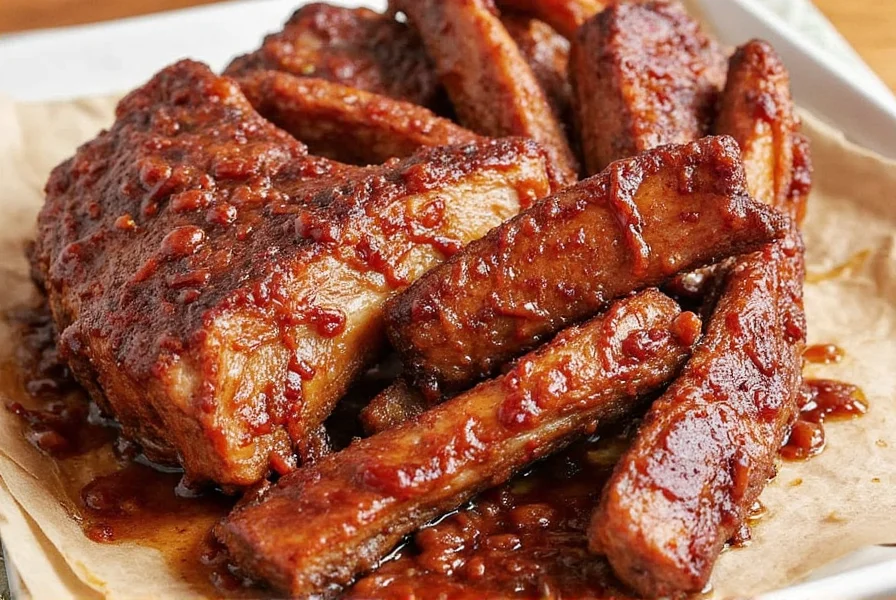
Cooking Pork Baby Back Ribs
These ribs cook faster due to their leaner composition. Grill over indirect heat at 250°F for 2-3 hours, or smoke with a dry rub. Finish with sauce in the last 30 minutes for caramelized flavor.
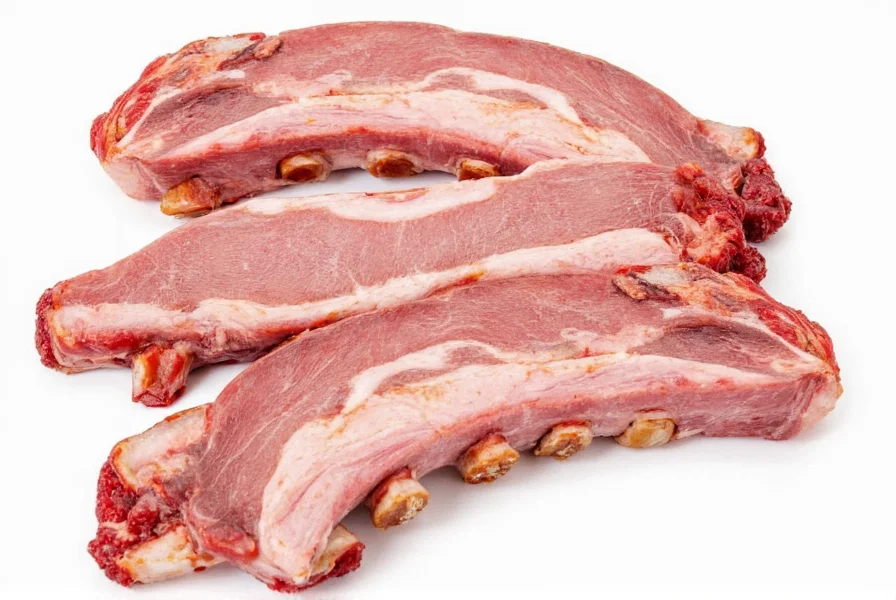
Cooking Pork St. Louis Ribs
St. Louis ribs combine the best of both worlds. Smoke at 225°F for 4-5 hours, or bake in the oven with foil for even cooking. Their uniform shape ensures consistent results without dry spots.
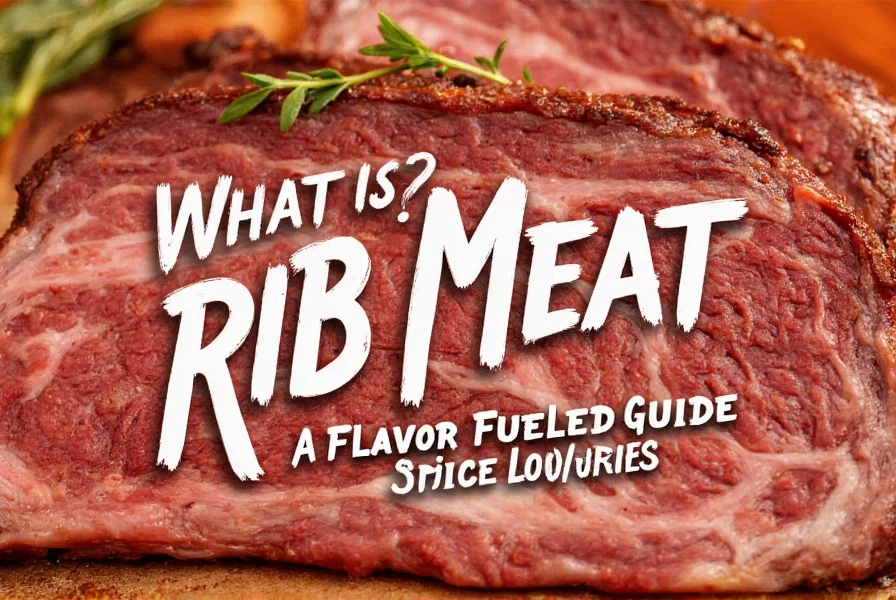
Always rest ribs for 10-15 minutes after cooking to redistribute juices. Use a meat thermometer to check internal temperature (195-205°F for optimal tenderness).
Frequently Asked Questions
What are the 3 main types of pork ribs?
The three main types are pork spare ribs (lower belly), pork baby back ribs (upper back near spine), and pork St. Louis ribs (trimmed spare ribs with sternum and cartilage removed).
Which type of pork ribs is best for beginners?
Baby back ribs are ideal for beginners due to their uniform size, faster cooking time, and forgiving nature when slightly overcooked. Their leaner composition makes them easier to handle than fattier spare ribs.
What's the main difference between baby back ribs and spare ribs?
Baby back ribs come from the upper back near the spine, are smaller, leaner, and more tender with a sweeter flavor. Spare ribs come from the lower belly, are larger, fattier, meatier, and have a richer flavor due to more marbling and connective tissue.
How long should I cook each type of pork rib?
Baby back ribs: 2-3 hours at 225-250°F. Spare ribs: 5-6 hours at 225°F. St. Louis ribs: 4-5 hours at 225°F. Always cook until internal temperature reaches 195-205°F for optimal tenderness.
Which pork ribs are the most tender?
Baby back ribs are generally the most tender due to their leaner composition and location on the animal. However, properly cooked spare ribs and St. Louis ribs can achieve "fall-off-the-bone" tenderness with slow cooking.
What's the difference between St. Louis ribs and spare ribs?
St. Louis ribs are a trimmed version of spare ribs. Butchers remove the sternum bone, cartilage, and rib tips to create a uniform rectangular shape that cooks more evenly. St. Louis ribs have better meat-to-fat balance than standard spare ribs.
Which type of pork ribs is best for barbecue?
St. Louis ribs are preferred for competitive barbecue due to their consistent shape and even cooking. Spare ribs offer traditional rich flavor for slow-smoked BBQ, while baby backs work well for quicker grilling sessions.
Conclusion
Understanding the differences between spare ribs, baby back ribs, and St. Louis ribs is crucial for selecting the right cut for your cooking method. Each type has unique characteristics that affect flavor, texture, and cooking time. By matching the rib type to your desired outcome—whether it's slow-smoked tenderness or quick-grilled perfection—you'll consistently achieve restaurant-quality results at home.
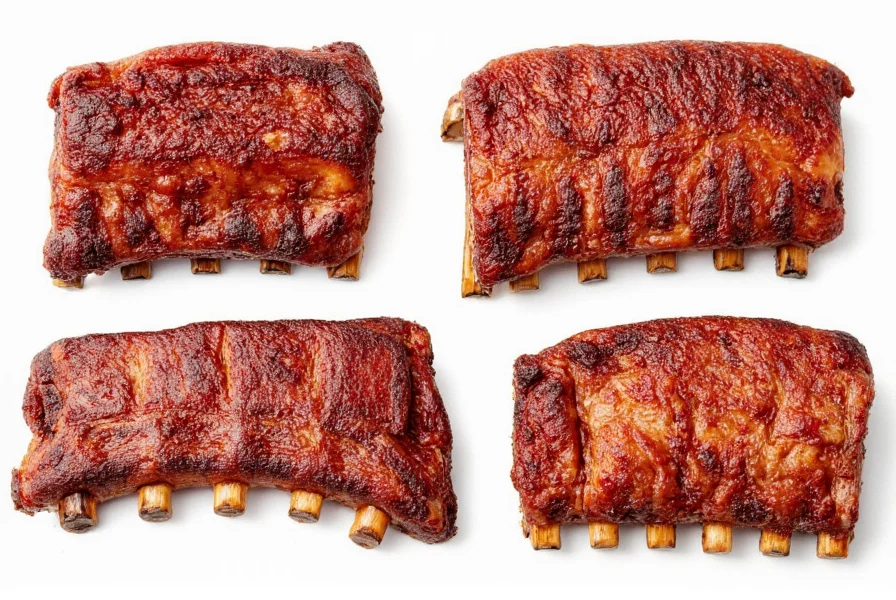

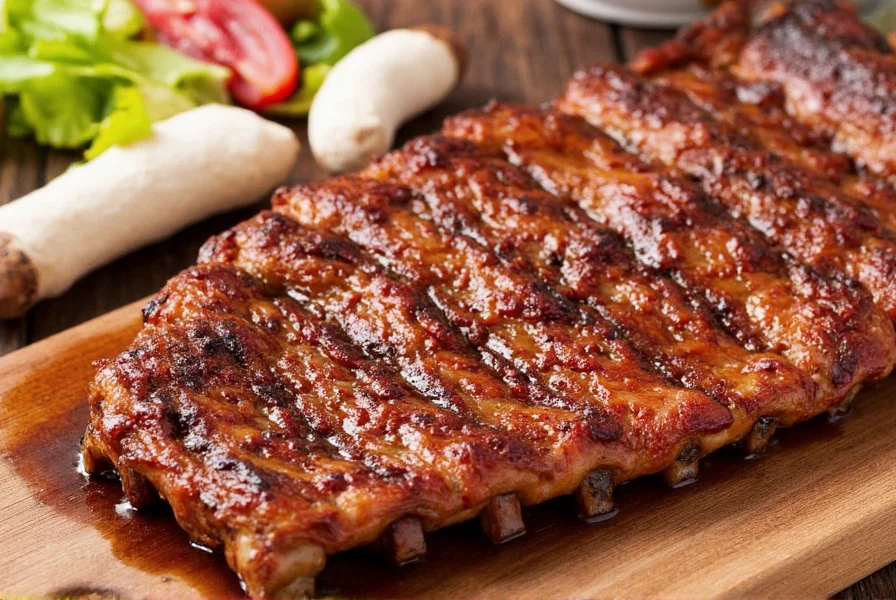









 浙公网安备
33010002000092号
浙公网安备
33010002000092号 浙B2-20120091-4
浙B2-20120091-4